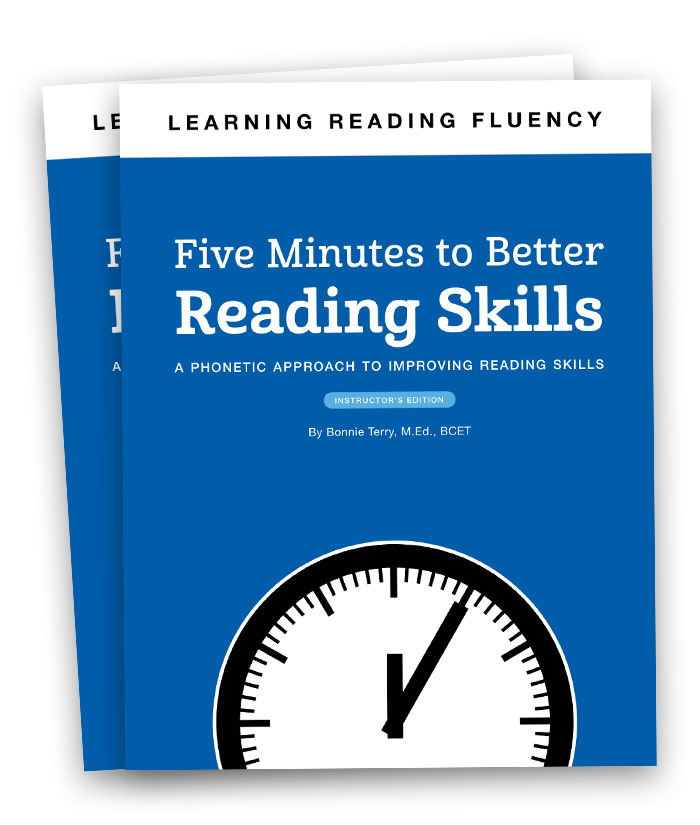Visual Discrimination and Reading Fluency
November 13th, 2018Visual Discrimination
Visual discrimination is the ability to discern subtle similarities and differences visually. This is the process of seeing the details of what we are looking at. What is the same? What is different? Shapes, sizes, and colors are details to be looked at. When you read the details of these attributes define the letters and words and translate to the meaning of the sentence.
The Link Between Visual Discrimination and Reading Fluency
Most of us know that visual discrimination is a foundational reading skill, but we typically don’t think about the connection between discrimination and fluency. Visual discrimination is directly connected to reading fluency. Visual discrimination impacts fluency in that if you don’t discern subtle similarities and differences visually, you can’t read fluently. This may cause a person to re-read the words or sentence that was difficult to visually discriminate. An additional part of visual discrimination is ‘form constancy.’
Form constancy is your ability to recognize objects when they are viewed from a different angle. For example, a shoe is a shoe is a shoe whether I am viewing it from the top of it, side of it, or when it is upside down. Books also have form constancy. A book, from any direction you view it, is a book. However, not all letters have form constancy.
Visual Discrimination and Form Constancy
So, when thinking about visual discrimination, you also need to consider form constancy. This is your ability to discern similarities and differences visually while keeping track of the position in space. Again, most, but not all letters have form constancy. For example, a ‘b’ and ‘d’ and ‘p’ and ‘q’ all have the same shape. The same shape turned around is now a different letter. The same thing happens with the letters ‘W and ‘M’. the number ‘5’ and the letter ‘S’ are also often confused. Additionally, the position in space the letter is located versus another letter makes a difference. The order in which the letters appear within a word is also part of the discrimination process.
For example; where the letters below appear in relation to each other determines whether they have meaning or not.
fun nuf fnu fun
Additonally, being able to find the letter groupings (words) that are the same, in the same order, is an important skill necessary for fluent reading.
Which ones are the same in this line?
bud, dub, bdu, bud, ubd
The problems associated with visual discrimination and form constancy have been documented in studies as far back as the Reading Research Quarterly 1965.
When you have problems telling whether similar words are the same or not, as well as whether letters within a word are the same, reading becomes difficult. Read the following sentence:
The doy ment to the store to duy a dat.
Does that make sense to you?
The sentence is actually:
The boy went to the store to buy a bat.
By not discriminating the letter ‘b’ as a ‘b’ and the letter ‘w’ as a ‘w,’ the sentence doesn’t make sense.
The Good News About Perception
The way we intake and process information is important. It directly impacts our ability to learn. The good news is, these different areas of perception are learned skills, so they can improve. Understanding which areas of processing aren’t working as well as they could, should, and can is the first step to making a difference. The second step is to address the specific areas with activities designed to improve those areas.
Visual Discrimination and Form Constancy Activities
- Matching Activities
- Graphing Activities
- Sorting Activities
- Puzzles
- Fluency Training
Reading Fluency Training
Five Minutes to Better Reading Skills offers practice in improving visual discrimination, form constancy, and many other areas of perception. “When I first heard of Bonnie Terry’s 5 Minutes to Better Reading Skills program, I assumed it was only for beginning readers. Not so! It’s for everyone! My kids from 3rd to 6th grade are already benefiting from it and we’ve only been using it for a week. Their reading speed, confidence, and comprehension are going up by leaps and bounds!”
Who is Bonnie Terry?
Bonnie Terry is a Board Certified Educational Therapist and internationally recognized as America’s Leading Learning Specialist and the founder of BonnieTerryLearning.com. Terry is an expert in developing learning programs that target how people learn through the visual, auditory, and tactile/kinesthetic processing systems. Terry coaches teachers and parents so they can give their child a 2 to 4-year learning advantage in just 45-60 minutes a day. She is a frequent media guest and speaker.

































